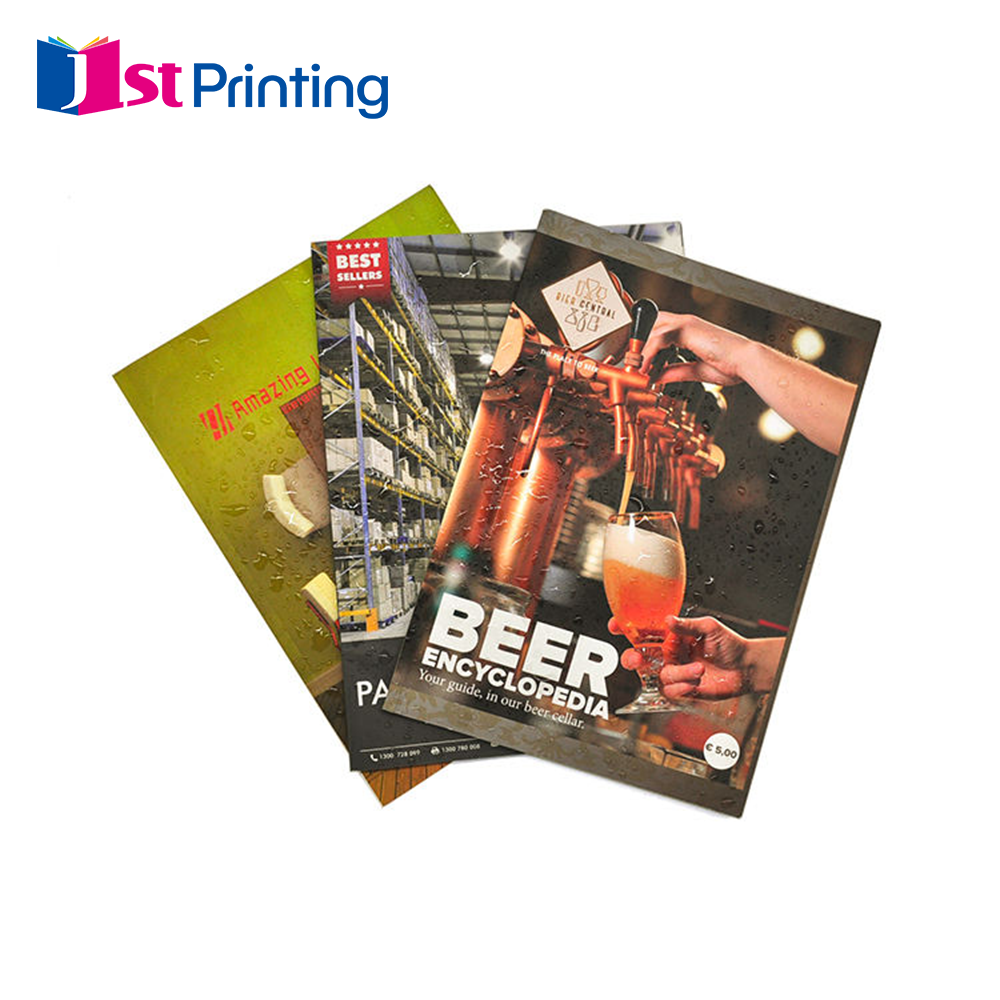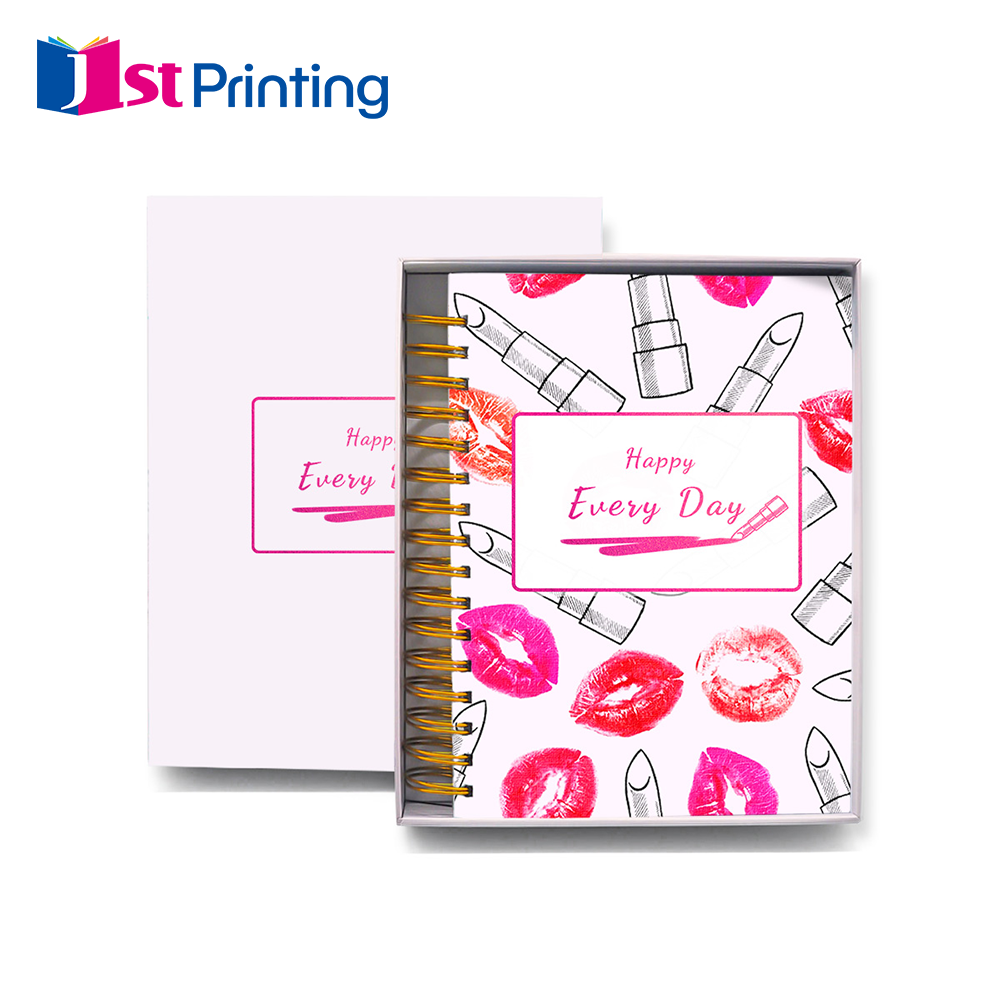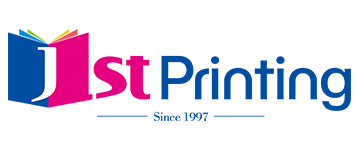Book Binding: How to Select the Best Binding Method
Understanding Book Binding Methods
Choosing the right binding method for a publication requires knowing about all the different options available and how they work. The methods vary quite a bit when it comes to price tags, how practical they are for everyday use, and just how nice they look overall. Some binders will fit certain projects better than others based on what exactly needs to be accomplished. We'll take a closer look at several popular book binding approaches that many publishers actually use day after day in real world situations.
Saddle Stitching: Economy for Small Projects
Saddle stitching stands out as a go to option when looking for something that works well and doesn't break the bank, especially for things like little booklets, magazines, and those flyers companies hand out. The basic idea? Fold paper sheets in half then run staples down the middle where everything meets up. Quick work really. Great for stuff that doesn't need too many pages though usually stops around 64 pages max before getting unwieldy. People keep coming back to this method time after time because it saves money and gets done fast enough for folks running smaller operations on tight budgets. From concert programs to product catalogs, saddle stitching delivers decent results without emptying wallets. Just another way businesses can get good looking printed materials without spending fortunes on fancy bindings.
Perfect Binding: Professional Finish for Publications
Perfect binding works great for big print runs like books, magazines, and product catalogs, giving them that professional finish people expect. The process basically glues all those pages together along the back edge using some strong but flexible glue, which creates a smooth spine area that publishers love to decorate. Most often seen in booklet formats between around 40 and 500 pages long, it strikes a good balance between looking nice and keeping costs down during mass production. Self publishers have really taken to this method lately because it looks so much better than cheaper alternatives while still being affordable enough for most budgets. If someone wants their printed material to stand out with that clean, modern appearance, perfect binding usually delivers exactly what they need without breaking the bank.
Spiral/Wire-O Binding: Lay-Flat Functionality
Spiral and Wire-O binding work great for all sorts of documents where easy access matters most. Think about planners, notebooks, those thick technical manuals nobody wants to carry around. The process involves punching holes along one side of the pages, then threading either a plastic coil or metal wire through them. What makes this so handy? When opened up, the document lies completely flat on whatever surface it's placed on. That flatness really helps when someone needs to flip back and forth between sections or reference multiple pages at once. Industry insiders have noted time and again how these binding methods stand out because they last longer than other options while still letting pages move freely. For anyone looking to create something practical with smooth page turning, giving spiral or Wire-O a try might just be worth considering.
Case Binding: Premium Durability
Hardcover binding, sometimes called case binding, stands out because it lasts much longer than other methods. That's why many people choose it for textbooks, coffee table books, those fancy cookbooks with glossy pages, and serious fiction works. The process basically glues the printed cover onto what we call the book block, creating something that protects the pages better while looking nice too. These books tend to survive a lot of rough handling, constant flipping through pages, even changes in temperature and humidity over time. Some studies indicate properly bound hardcovers can stay in good condition for 30 years or more, no wonder most public libraries still stock them up front. When durability matters and appearance counts, case binding remains one of the best options available today.
5 Factors for Choosing Your Binding
Project Budget and Cost Considerations
Knowing what the budget looks like before choosing a binding method matters a lot since prices differ quite a bit between options. What we spend on binding affects the bottom line and whether a project stays within financial limits. Anyone planning to print something needs to think about not just what it costs right now but also how much value comes from investing in better materials over time. Take saddle stitching for example it tends to be cheaper at first glance and works well enough for short runs or simple publications. But companies wanting something that really stands out professionally often find themselves paying extra for perfect binding despite the higher price tag. The difference in appearance and feel makes all the difference when clients flip through those pages, so many publishers consider this tradeoff worth making.
Page Count and Paper Weight Limits
When choosing how to bind a document, page count and paper thickness matter a lot. Each binding technique works best within certain limits, which means matching up what the document needs with the right method makes all the difference. Take saddle stitching for instance it generally handles booklets around 64 pages max. If there are more pages involved though, perfect binding or case binding tends to be better options since they work well with thicker piles of paper. Getting this right helps keep documents looking good over time and prevents them from falling apart after repeated use.
Document Purpose and Usage Patterns
The choice of binding method really depends on what the document is supposed to do and how people will actually use it day to day. Different bindings work better for different purposes. Take spiral binding for instance. It lets pages lie completely flat when opened, which makes all the difference for things that get referenced constantly throughout the day, think training guides at workplaces or recipe books in kitchens. On the flip side, there are plenty of situations where looks matter just as much as function. Reports destined for boardroom presentations or novels going into print often look far more professional with the clean lines of perfect binding or the sturdy cover of case binding. Knowing whether the document will sit on a shelf gathering dust or get handled regularly makes all the difference in picking something that both works well and looks good too.
Design Requirements and Spread Layouts
How a document looks on the page matters a lot when picking out binding options, especially for those fancy full page layouts or pictures that run across two pages. Bindings like case binding work pretty well for these wider designs since they stop images from getting all squished at the spine area. When designers match their creative choices with appropriate binding techniques, what comes out at the end keeps looking good without any weird distortions and still hits those visual targets people expect. Getting this balance between how something functions and how it appears makes all the difference in showing off professional quality work.
Durability Needs and Longevity Expectations
How long a document needs to last really affects what kind of binding makes sense, particularly when talking about materials that get used over many years. Case binding tends to be the most durable option out there, great for books people handle daily or family records that might need to survive multiple generations. When picking bindings, folks should think about things like whether the material can withstand regular handling and if it meets standards for preserving documents long term. Getting clear on how long something needs to last helps match the right binding method to its actual usage, so whatever gets bound won't fall apart after just a few months on the shelf.
Top Binding Solutions for Different Needs
Modern Magazine Custom Booklet: Glossy Perfect Binding
Glossy perfect binding has become popular among modern magazines because it looks sharp and matches well with those fancy photo spreads we see today. People who want their publications to really pop with color tend to go this route since the finish makes everything look more polished and eye catching. Another plus point is that the glossy coating actually helps protect against damage over time, something that matters a lot when a magazine gets handled frequently by lots of readers. The binding itself forms a spine similar to what we find in books, giving the whole thing a more substantial feel while keeping pages securely attached throughout. For anyone needing something both visually striking and built to last, glossy perfect binding remains a solid choice for quality booklet production.
Spiral Planner With Box: Durable Lay-Flat Design
People who write things down all day long will love having a spiral planner tucked away in a protective box. The way these planners lie completely flat makes writing notes and flipping pages so much easier, which matters a lot when someone needs to scribble reminders throughout their busy schedule. What really sets this apart though is how well made everything feels. The cover looks good enough to display on a desk while still holding up against coffee spills and constant handling. And let's talk about that custom box included with each one. It does double duty protecting the planner from getting bent or damaged while also serving as something pretty to put on your nightstand or office shelf. Most folks find themselves reaching for the box whenever they want to grab their planner, since it keeps everything organized and looking sharp even after months of regular use. If function meets fashion matters to anyone shopping around for planning tools, this spiral planner definitely hits both marks.
Twin-Wire Binding Book: Enhanced Longevity
Books bound with twin wire tend to last much longer than other options, something that matters a lot when they're constantly being opened and closed in classrooms or office environments. The pages flip easily without resistance, so taking notes or going back through material isn't frustrating at all. Students often appreciate this feature during exams while professionals find it handy during meetings. What catches people's attention though is how neat these books look on a desk or shelf. There's just something about the straight edges and secure cover that gives them a polished feel compared to spiral bound alternatives. Many businesses prefer twin wire binding for annual reports and training manuals because they maintain their shape even after months of regular use. For anyone needing documents that stay intact yet still look good, twin wire remains a solid choice worth considering.
These varied binding solutions cater to different needs, from showcasing vibrant magazine spreads to providing durable planners and professional books. Each option ensures usability, longevity, and aesthetic appeal, confirming the significant role of binding in elevating the overall quality of printed materials.
Technical Preparation Tips
Managing Gutter Margins and Spine Visibility
Getting those gutter margins right makes all the difference when working on binding projects because otherwise text or images just vanish into the spine area. Designers need to think about how much space there will be between content and the actual book spine to prevent weird looks or parts getting cut off in the finished piece. Most experienced folks suggest leaving at least half an inch extra around the inner edge to keep everything looking good throughout the whole document. This matters especially for books where pages bend towards each other near the middle. Taking time to sort out these little technical aspects early on really improves how well the document works practically and looks overall once bound together properly.
Signature Alignment and Trimming Best Practices
Getting the signatures aligned right when binding matters a lot for keeping pages in order and giving documents that polished look clients expect. Trimming those edges regularly makes all the difference in how the finished piece looks on the table, stopping those annoying frays or wavy corners from showing up. Paying close attention to these small things separates good work from great work in print shops everywhere. We've seen way too many jobs go back for rework because someone skipped over basic checks. Stick to tried and true methods like careful edge trimming and double checking alignment while putting everything together, and the final product will hit both quality standards and look exactly how it was meant to.


























